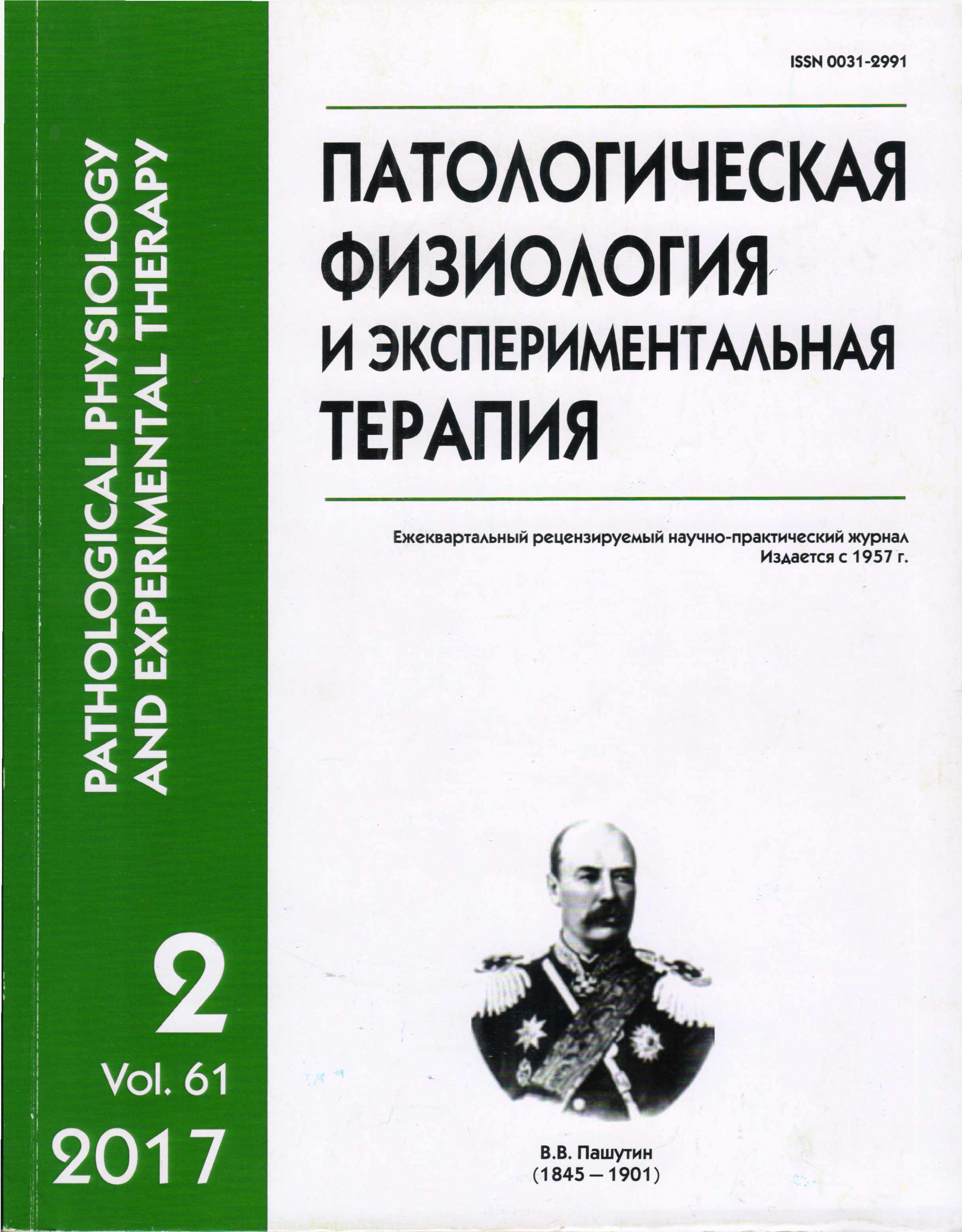Study of migration and distribution of bone marrow cells transplanted animals with B16 melanoma
Abstract
Purpose. Reveal features migration and distribution of syngeneic bone marrow cells (BMC) and subpopulations (MSC) after transplantation into the recipient carrier B16 melanoma bodies. Methods. We used mouse male and female C57BL/6 mice. Induction of Tumor Growth: B16 melanoma cells implanted subcutaneously into right hind paw of female C57BL/6 mice at a dose of 2.5 x 105 cells / mouse. Migration study in vivo distribution and BMC and MSC was performed using genetic markers — Y-chromosome specific sequence line male C57Bl/6 syngeneic intravenous transplantation in females using the polymerase chain reaction (PCR) in real time on Authorized Termal Cycler — Light Cycler 480 II / 96 (Roche). Introduction suspension of unseparated bone marrow cells, mesenchymal stem cells from donor to recipient male mice (syngeneic recipient female C57BL/6), followed by isolation of recipients of organs was performed at regular intervals, then of organ recipients isolated DNA. Results. It was shown that bone marrow cells positive for Y-chromosome in migrate lymphoid (lymph nodes, spleen, bone marrow) or in non-lymphoid organs (liver, heart, brain, skin) syngeneic recipients. In addition to the migration of cells from the bone marrow to other organs, there is a way back migration of cells from the circulation to the bone marrow. B16 melanoma stimulates the migration of transplanted MSCs and BMC in bone marrow. It is found that tumor growth enhanced migration of transplanted bone marrow cells, including populations of MSCs in the bone marrow. In the early stages of tumor formation MSC migration activity higher than the BMC. In the later stages of tumor formation undivided population of bone marrow cells migrate to the intense swelling compared with a population of MSCs. Conclusion. The possibility of using bone marrow MSCs for targeted therapy of tumor diseases, because migration of MSCs in tumor tissue can be used to effectively deliver anticancer drugs.






